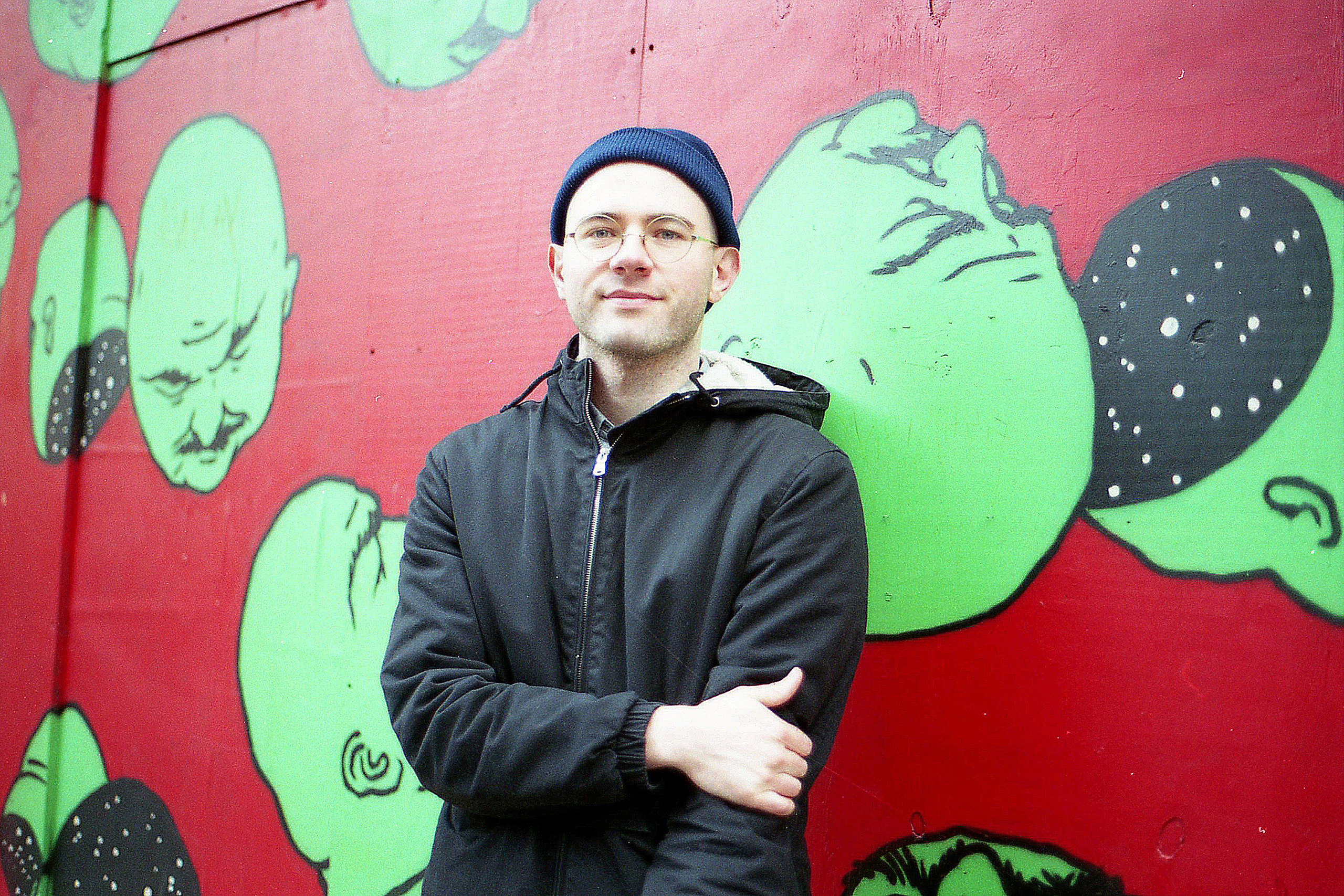It all started a few years back. While touring ‘Nonfiction’ a lot of Hinton’s time was spent criss-crossing the States on wi-fi-less internal flights or killing evenings in rural dressing rooms. It was in those hours he revisited a group of clips he’d stashed away in an offline YouTube folder – the genesis material for ‘Potential’’s concept.
By then he’d already decided he didn’t want to make his second album in the typical electronic producer’s way. You know, beats beamed around the world by email, artists record topline vocals, they make it onto an album stuffed with guests. It’s a well-tested formula. “Any time you’re making a decision based on someone being available or not feels like a weird album making process,” says Hinton. “I understand that’s the way of the world but this process was intentionally not done that way.”
So he decided to take his chosen tactic further and deeper. A lot deeper. Back home at his studio in Brooklyn, based on four or five secret, specific search criteria, he began cycling through thousands of page of videos on YouTube. At Hinton’s estimation he went on to spend hundreds if not thousands of hours viewing videos – 35, if not more, nights where he’d continuously trawl from one clip to the next. Anything that caught his attention, struck a nerve, got put to one side. By the end – the literal end, he’d completely exhausted two of his search terms – he got to know the streaming site’s targeted adverts and sophisticated search algorithm in intimate detail. “It was a lot,” he smiles, looking back. “I was an addict”.
“It wasn’t so much finding the people as finding the moments that would lead you to the people,” he says, setting out the plan for the album. Those moments he’s compiled, he later realised, when sat next to one another as a playlist, told the story of Hinton’s own personal feelings through the period.
That’s when what The Range describes as his “detective work” began. Roughly half of the songs that would go on to appear on ‘Potential’ were written and the vocal samples slotted in, the other’s were inspired by the clips and created from scratch. The 27-year-old painstakingly went about contacting the people who appeared in the videos to ask their permission and offer them royalties. No one checks their YouTube private messages so it was never as simple as that. Some displayed their contact details or their social handles, others were more like Frank Cole in Kentucky, who had no contact. He’d posted clips to a gospel channel in the noughties. Through a handful of Facebook investigations Hinton tracked down his cousin in New York, found their number and called them. They put them in touch with Cole’s wife 700 miles away.
By his own admission, Hinton recognised that his communications needed to be sensitive and honest, aware that his approaches could come across as weird or a scam. After all, with some clips viewed fewer than 50 times, most of his future collaborators probably assumed no one was watching.
“I tried to be as simple and plain as possible,” recalls Hinton. “I just said, ‘I’m a musician, I’ve found this sample and I used it in this song’. I presented them with the material at that level. I thought that’s best way to go. To say, ‘I made this thing, here it is’.”
Somewhat astonishingly nearly all of them immediately made the leap of faith with him. Except teenage rapper Kruddy Zak from London. “Zak messaged me and was like, ‘Are you joking? How are you going to screw me? What is this?’ But from there I explained and it was ok.”

